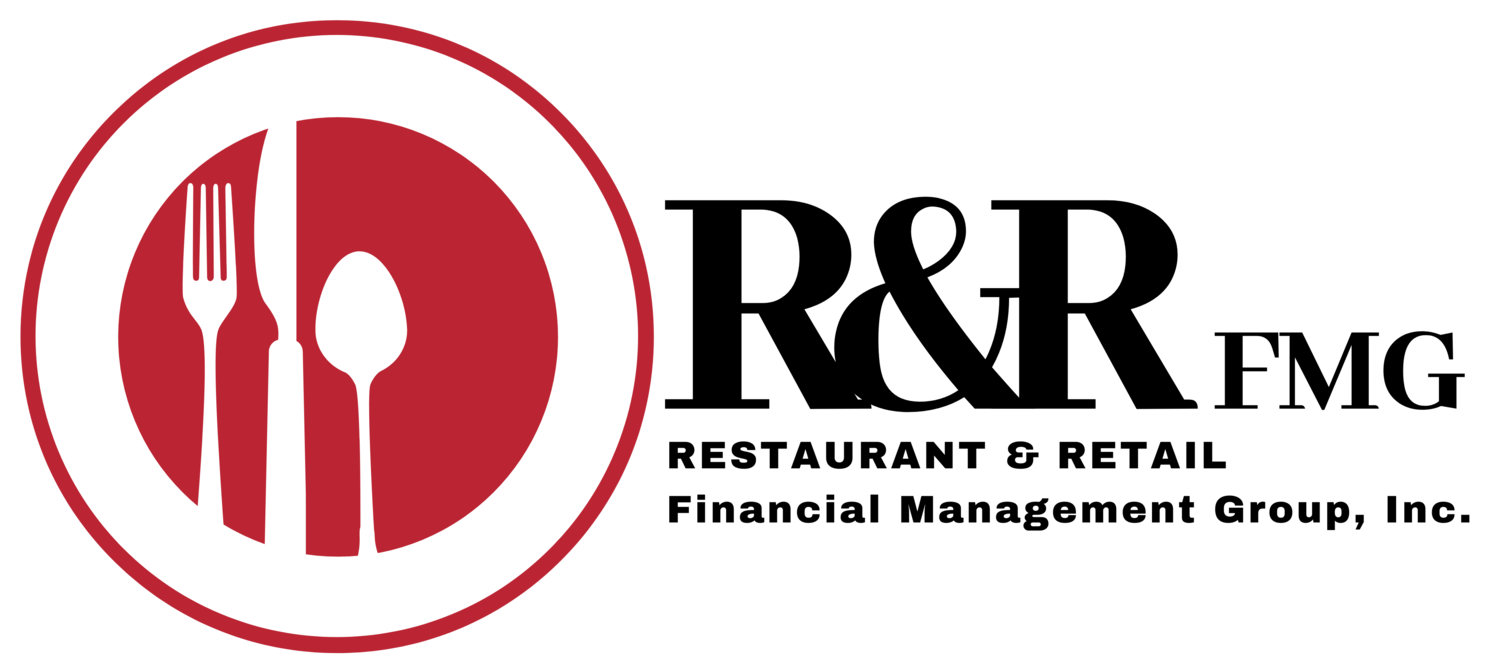
Restaurant365
Optimizing Food Cost Management in R365, It All Starts with the POS Menu Design
by John Laporte, President, RRFMG Technology Services
In the restaurant industry, managing food costs effectively can mean the difference between a profitable business and one that struggles to stay afloat. Accurate food cost management isn’t just about knowing how much you’re spending on ingredients; it’s about understanding the relationship between what your customers order, the ingredients used, and how that data is processed in real-time to create a reliable picture of your costs. A key part of this process is how well your point-of-sale (POS) system integrates with your R365 back-office food cost management software. Specifically, your POS menu structure and how order modifications are passed through can make or break the accuracy of your food cost calculations.
The Foundation: Your POS Menu Structure
In the restaurant industry, managing food costs effectively can mean the difference between a profitable business and one that struggles to stay afloat. Accurate food cost management isn’t just about knowing how much you’re spending on ingredients; it’s about understanding the relationship between what your customers order, the ingredients used, and how that data is processed in real-time to create a reliable picture of your costs. A key part of this process is how well your point-of-sale (POS) system integrates with your R365 back-office food cost management software. Specifically, your POS menu structure and how order modifications are passed through can make or break the accuracy of your food cost calculations.

For example, if a customer orders a burger with extra cheese, your POS menu structure should be able to capture this modification and pass it along to your food cost system. This is crucial because modifications like extra cheese, bacon, or avocado can significantly change the ingredients used and therefore affect your food costs. Without this level of detail, your theoretical food usage will not match the actual usage in the kitchen, leading to inaccuracies in your food cost reports. The temptation may be to simplify the POS menu structure to speed up order-taking and reduce the complexity for maintenance on the back end. While this can improve operational efficiency, oversimplification can result in inaccurate food cost data. To achieve a balance, your POS menu should be designed to capture the most relevant modifications that impact food costs, without overwhelming staff with unnecessary complexity.
Linking Purchase Items to Vendor Items
In your R365 back-office food cost system, ingredients used in your recipes are referred to as purchase items. These purchase items represent the core components of the dishes you serve. However, each purchase item may be sourced from multiple vendors, with each vendor offering different pricing, quantities, and units of measure (UofM).

For example, you may purchase burger patties from three different vendors, each offering patties in varying quantities and at different prices. In this case, all vendor items must be consolidated under a single purchase item in your R365 back-office system, known as “burger patty.” This allows you to track inventory and costs in a streamlined way, regardless of which vendor provides the product.
Accurate costing also depends on your system being able to account for differences in units of measure between vendors. One vendor may sell burger patties in cases of 100, while another vendor offers cases of 75. These differences must be converted appropriately when processing the vendor purchase, so that your cost per patty remains accurate. Without this level of granularity, you risk inaccuracies in both your inventory and your cost calculations, which can affect profitability.
The Critical Role of Recipe Accuracy
Recipes form the backbone of your food cost system. Each menu item is built from a recipe that specifies the exact amount of each ingredient (or purchase item) used to create the finished product. For your food cost calculations to be accurate, these recipes must be linked correctly to the purchase items in your R365 inventory system.
Inaccurate recipes can result in a domino effect of errors throughout your food cost system. For example, if your recipe for a cheeseburger doesn’t account for the correct amount of tomato, or if it’s linked to the wrong type of cheese in your inventory system, your theoretical food cost for that item will be incorrect. Over time, these errors compound, leading to discrepancies between your actual food usage and your theoretical food cost, which can result in lost profits.
Recipe accuracy becomes even more critical when you consider the impact of order modifications. If a customer orders a burger with extra cheese or no onions, your POS system should be able to capture these changes and pass that data to your food cost system. This way, your back-office system can adjust the theoretical usage of ingredients in real-time to match what was actually served to the customer. The better your POS system can track these modifications, the more accurate your food cost calculations will be.
The Power of Integration: Linking POS to Food Cost Systems
The integration between your POS and R365 food cost systems is the final and most crucial piece of the puzzle. When a customer places an order, your POS system should communicate not only the base menu item but also any modifications or variations. This information is then passed to your R365 back-office food cost system, where it is applied to the corresponding recipes.
For example, if your customer orders a pizza with extra cheese and sausage, your POS system should send this information to the back-office system. The system then looks up the recipe for that pizza, accounts for the extra cheese and sausage, and calculates the theoretical usage of those ingredients. Since the R365 back-office system is also linked to your inventory and vendor purchase data, it can apply the most recent cost for each ingredient and give you an accurate theoretical food cost for that order.
This integration allows you to create consistent and accurate food cost data, which is essential for making informed decisions about pricing, inventory management, and cost control. Without this level of communication between your POS and food cost systems, you’re likely to encounter significant discrepancies between your actual and theoretical food costs.

Key Considerations for Accurate Food Cost Management
- POS Menu Structure: Your POS menu must be designed to capture all relevant order modifications and variations. Simplify where necessary for efficiency, but don’t sacrifice the level of detail needed to track ingredient usage accurately.
- Purchase Items and Vendor Items: Ensure that all vendor items are linked correctly to their corresponding purchase items in your back-office system. Track unit of measure conversions carefully to maintain accurate cost per item.
- Recipe Accuracy: Recipes must be linked to the correct purchase items and accurately reflect the amount of each ingredient used. Be sure to update recipes when menu items change or when new ingredients are introduced.
- Real-Time Data Transfer: Your POS system must communicate detailed order information, including modifications, to your back-office system in real-time. This ensures that your food cost application can calculate accurate theoretical costs based on the ingredients actually used. Note: Check your POS system for its ability to accurately transmit this data to your R365 application Click Here
- Consistent Updates: Regularly update your food cost system with the latest vendor pricing and inventory data to ensure your costs reflect current market conditions.
Conclusion
Achieving accurate food cost management requires a comprehensive approach that starts with your POS menu structure and ends with the integration of real-time data into your R365 back-office system. While it may be tempting to simplify the POS menu for operational efficiency, capturing the right level of detail in your menu build is critical for ensuring accurate food cost data. By linking vendor items to purchase items, ensuring recipe accuracy, and integrating real-time order modifications, you can create a system that consistently delivers reliable food cost information. This level of precision allows you to make informed decisions about pricing, menu design, and cost control—ultimately leading to improved profitability and better control over your restaurant’s bottom line.
For more information, please fill out the form below. We’ll circle back with you shortly to discuss your requirements in further detail.

We’d love to Meet You In Person Or Via The Web!
If you have any questions, or just want to learn more about how our services can contribute to your operation’s success, please fill out the form and we’ll respond as soon as we can. Alternatively, call us directly at (818) 888-9579.
